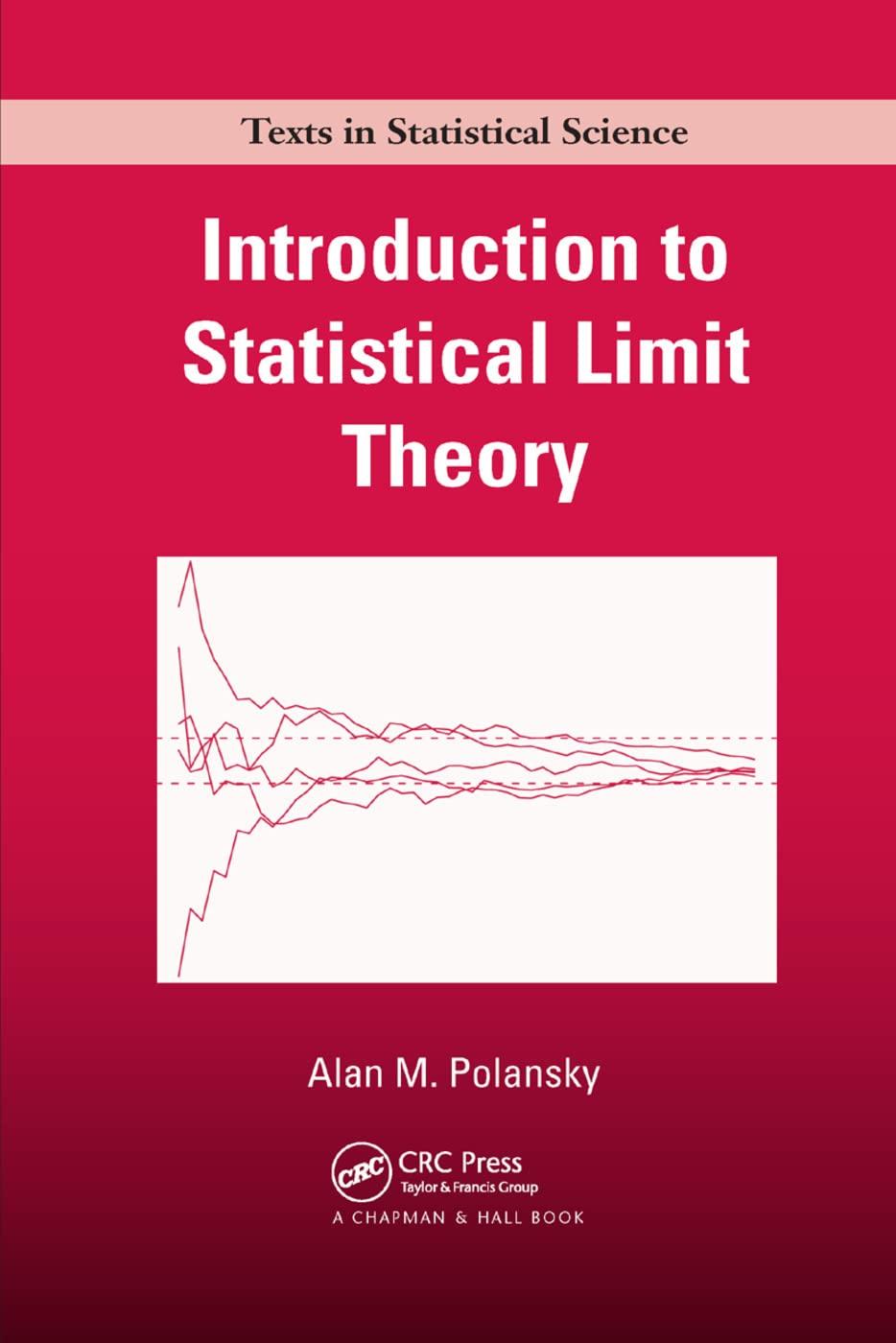Let (left{mathbf{X}_{n}ight}) be a sequence of (d)-dimensional random vectors, (mathbf{X}) be a (d) dimensional random vector, and
Question:
Let \(\left\{\mathbf{X}_{n}ight\}\) be a sequence of \(d\)-dimensional random vectors, \(\mathbf{X}\) be a \(d\) dimensional random vector, and \(g: \mathbb{R}^{d} ightarrow \mathbb{R}^{q}\) be a Borel function. Let \(C(g)\) be the set of continuity points of \(g\) and suppose that \(P[\mathbf{X} \in C(g)]=1\).
a. Prove that if \(\mathbf{X}_{n} \xrightarrow{\text { a.c. }} \mathbf{X}\) as \(n ightarrow \infty\), then \(g\left(\mathbf{X}_{n}ight) \xrightarrow{\text { a.c. }} g(\mathbf{X})\) as \(n ightarrow \infty\).
b. Prove that if \(\mathbf{X}_{n} \xrightarrow{p} \mathbf{X}\) as \(n ightarrow \infty\), then \(g\left(\mathbf{X}_{n}ight) \xrightarrow{p} g(\mathbf{X})\) as \(n ightarrow \infty\).
Fantastic news! We've Found the answer you've been seeking!
Step by Step Answer:
Related Book For 

Question Posted:





